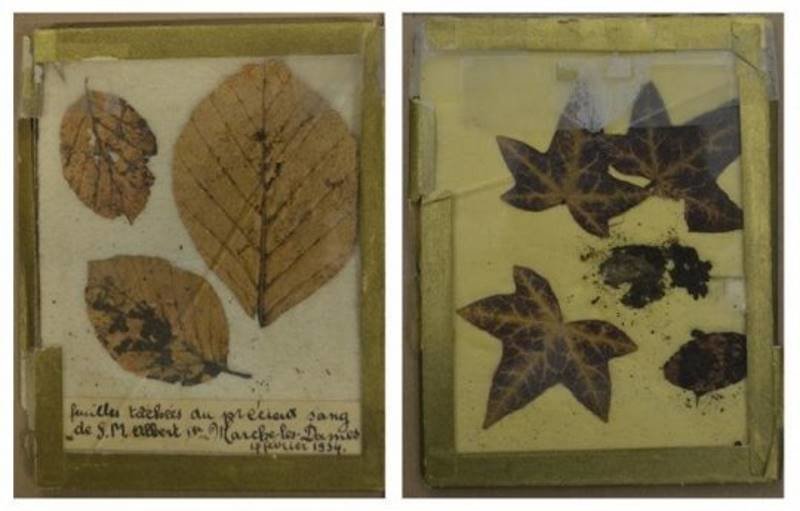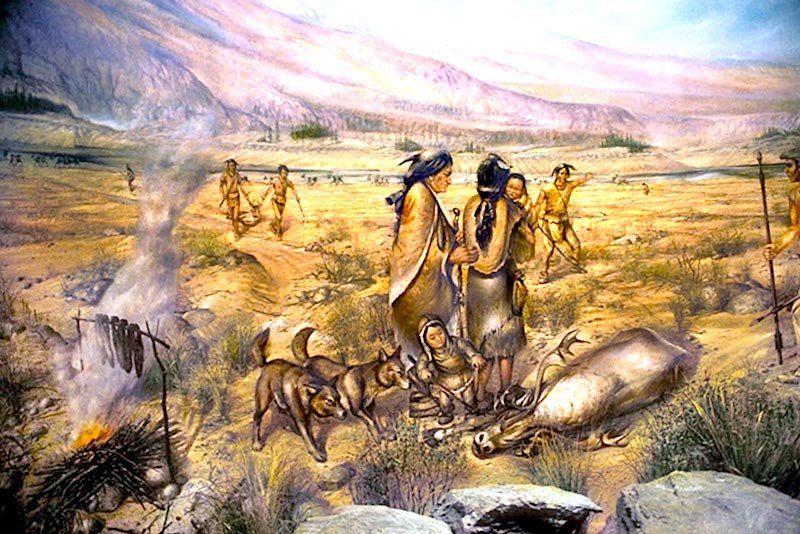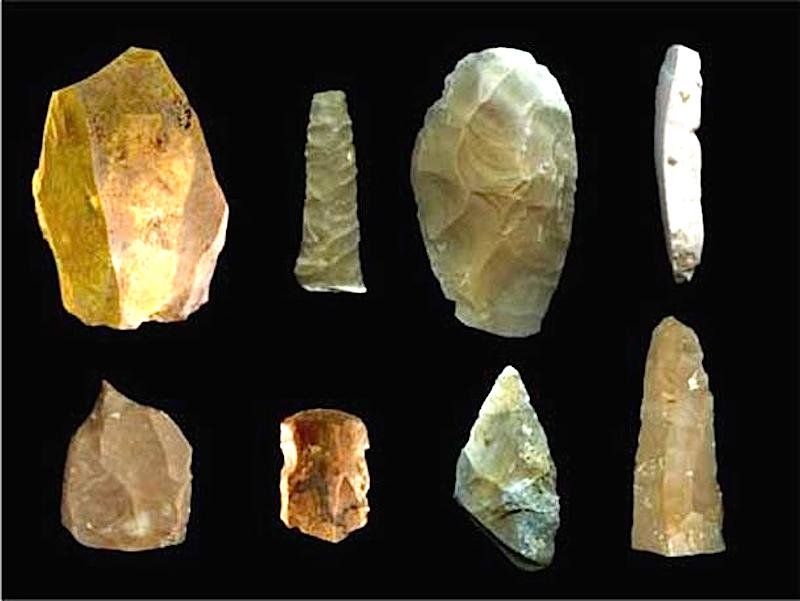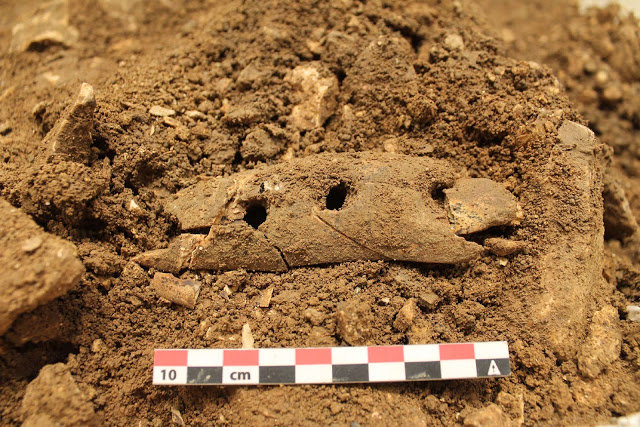
The relic of King Albert I of Belgium, bought at an auction by VTM journalist Reinout Goddyn: blood-stained tree leaves collected by people living near the forest at the foot of the rocks of Marche-les-Dames. The DNA analysis has confirmed that the blood really belonged to the monarch.
On 17 February 1934, King Albert I -- the third King of the Belgians -- died after a fall from the rocks in Marche-les-Dames, in the Ardennes region of Belgium near Namur. Albert I was popular and world famous due to his role during the First World War. The fact that there were no witnesses to his death soon fuelled speculations about the king's 'real' cause of death.
Conspiracy theories are circulating to this very day, ranging from a political murder to a crime of passion: the king is said to have been murdered elsewhere, his dead body allegedly never was in Marche-les-Dames, or his fall is believed to have been staged only later. Evidence for these theories, however, has never been found.
After the death of Albert I, Marche-les-Dames virtually became a place of pilgrimage, and relics turned up with the king's trails of blood, said to have been collected during the night of 17 to 18 February by people living in the neighbourhood.
VTM journalist Reinout Goddyn, who works for the Flemish television programme Royalty, bought one of these relics: blood-stained tree leaves. He wanted to know if this could really be the blood of Albert I, given the conspiracy theories. In 2014, UGent Professor Dieter Deforce had already confirmed that the blood was definitely human.












